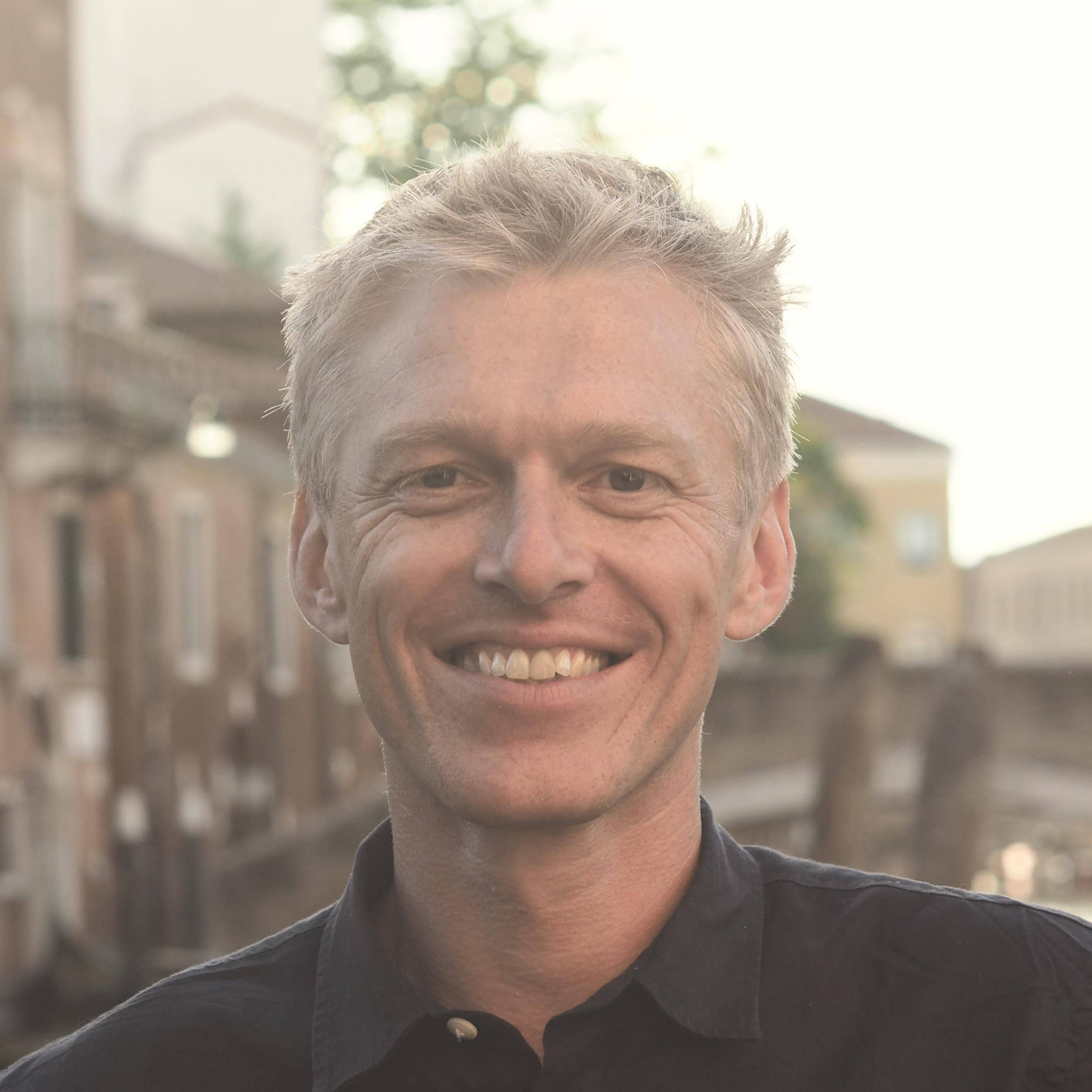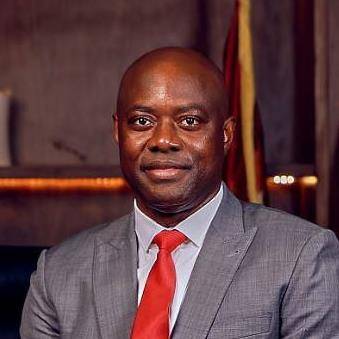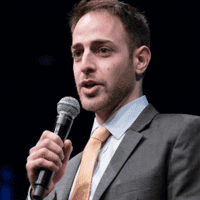Making Urban Flood Protection More Accessible: Decoding Risks and Democratizing Assessment
Urban flood risk, floods, cities, resilience, infrastructure, decisionmaking, disaster risk management, climate change, complexity, community engagement, stakeholder engagement Making Urban Flood Protection More Accessible: Decoding Risks and Democratizing Assessment covered a wide range of critical topics in urban flood risk reduction and protection. Ross Eisenberg, Disaster Risk Management Specialist at the World Bank, introduced the session and laid out the key challenges countries, cities, and their residents face in urban flooding, highlighting how growing cities, inadequate urban planning, and a changing climate leads to increased exposure of the population to more severe flood hazards, exacerbated in cities. Ross then presented an overview and summary of the Urban Flood Risk Handbook: Assessing Risk and Identifying Interventions, which addresses the critical issues of urban flood risk being difficult to understand, address, and scale up risk reduction actions. The Handbook focuses on Strategic-level flood risk assessments, for the purposes of preparing projects at the investment prefeasibility study level while developing intervention options and outlining their costs and benefits from a risk-informed perspective. It aims to improve efficiency and cost effectiveness of flood risk studies, improve the quality and robustness of their output, ensure their technical compliance with industry standards, contribute to better decision making and planning processes, create more consistency in comparability of outputs across studies, and support more effective and efficient project delivery. The Handbook considers the multi-disciplinary nature of flood risk studies in cities, requiring skills and expertise from across a wide range of disciplines, from meteorology and hydrology to engineering to community engagement. The presentation detailed the Handbook’s five phases for conducting a Strategic level urban flood risk assessment, including the key considerations practitioners carrying out an assessment should keep in mind and the key questions they should consider in order to make the assessment more robust. The five phases are: definition of aim and scope, flood hazard assessment, flood risk assessment, evaluation of intervention options, and project management and closeout. Critically, it is important to remember that even with all the guidance and data available, flood risk modeling in cities is not an exact science, and practitioners must balance the results that can be achieved with the potential for escalating costs. Overall, the presentation showcased the practical guidance from the Handbook and best practice methods for appraising mitigation and adaptation actions under a changing climate, with effective advice for implementing and managing an assessment of urban flood risk in cities and scaling flood risk assessment in developing countries. In so doing, it democratizes this highly specialized field, bringing critical, actionable insights to a more accessible user base to reduce the risk of the losses and damages from urban flooding. The session then covered three lighting talks on innovations in urban flood risk from leading practitioners in the field from private sector partner firms. First, Philip Ward, Senior Climate Adaptation and Disaster Risk Management Specialist at Deltares presented the firm’s new approach to partnering with local stakeholders to identify, analyze, and improve upon local data, combined with stakeholder-driven modeling for more informed decision making. The approach makes more efficient use of data and resources compared to traditional methods, and helps build local capacity while centering knowledge locally and automating the applications of global data. Next, Blair Spendelow, Technical Director at JBA Consulting, shared how global climate change is resulting in significant variability in rainfall, resulting in some areas of the world getting much wetter while others are becoming much drier – though due to uncertainty in available models, exact predictions are difficult. This was then grounded in the case of Haiti, in which JBA has been studying how changes in future rainfall will impact the population at different time scales, focusing on the capital Port-au-Prince and its changing urban footprint, with increased expected flood exposure in the future according to climate scenario projections. Finally, Karel Heijnert, Water Management Senior Consultant at Royal HaskoningDHV, shared approaches for improving post-flood damage assessments especially with respect to roads infrastructure, to better tailor climate adaptation measures to the physical and social context. With case studies from Gabon, Kenya, and Senegal, the presentation highlighted how indirect damages are typically insufficiently considered when assessing damage and risk, but can comprise an increasing share of flood damage over time, such as road closures from floods. Better assessing indirect damages alongside the more established approaches for direct damage can lead to a more robust flood risk understanding and development of actions to address the challenge. Following the firm presentations, the session enjoyed a discussion from Seyi Makinde, Governor of Nigeria’s Oyo State. The Governor shared his experience dealing with a major flood disaster while growing up in Nigeria, and how his actions as Governor have helped to address the significant floods experienced in Oyo State and its capital, Ibadan. In particular, the World Bank’s Urban Flood Management Project there has significantly improved the State’s capacity to address the flood risk, with master plans, an early warning system, forty hydraulic structures, and other measures, and lays the foundation for further partnership on addressing climate resilience challenges there. The session concluded with a scenario role-playing exercise, in which the audience divided itself into groups of three, taking on the role of the local government, the local community, and the private sector to discuss a stakeholder interests challenge around flood risk in a poor urban neighborhood and a potential investment intervention. This exercise engendered lively discussion among the audience, helping them engage with the material and apply the presented information to an idealized case, while taking on the role of key stakeholders for real decision making. Following the discussion, audience members shared their key takeaways about the challenges they face as individual stakeholders and as a collective group working to address the flood risk in their city with different interests, while highlighting the need for working together to find more information and common ground. Overall, the exercise surfaced the importance of understanding different perspectives on the ground in addressing a complex issue such as urban flooding, while making its assessment more accessible and its solutions more practical to urban residents, technical practitioners, and all other stakeholders.
“We can build local capacity and drive local resilience. We can democratize the assessment of risk and move specialized expertise away from the technical modelers to share in a more complete knowledge base that local people can own, implementing projects and negotiating with other stakeholders, for a safer and more floodresilient urban future.”
The key outcomes from Making Urban Flood Protection More Accessible: Decoding Risks and Democratizing Assessment focused on a greater awareness of innovations and practical methods for understanding the complex challenge of urban flood risk and making well-informed decisions on how to address it. Through sharing the details and principal methods of the Urban Flood Risk Handbook, participants are equipped with highly pragmatic guidance and tools for understanding the risk and its complexity, conducting an informed, locally-grounded assessment, developing and evaluating a contextually-appropriate suite of intervention options, and managing the project for efficiency and effectiveness. The lightning presentations on innovations from the private sector shed new light on key aspects of improving the effectiveness of flood risk assessment projects, providing the audience with grounding in real-life cases and best practices for enhancing and enriching flood understanding with greater insights. This was enhanced further through the real-life case in Nigeria, with a firsthand account of struggling with and then making informed investments to assess urban flooding. And the concluding role-playing scenario and discussion helped center the practical actions presented with actual hands-on practice, helping the participants understand how these challenges may be dealt with on a regular basis and appreciate the criticality of stakeholder engagement, shared interests, and dialogue alongside a strong technical foundation.
Organized by: GFDRR/World Bank/City Resilience Program




